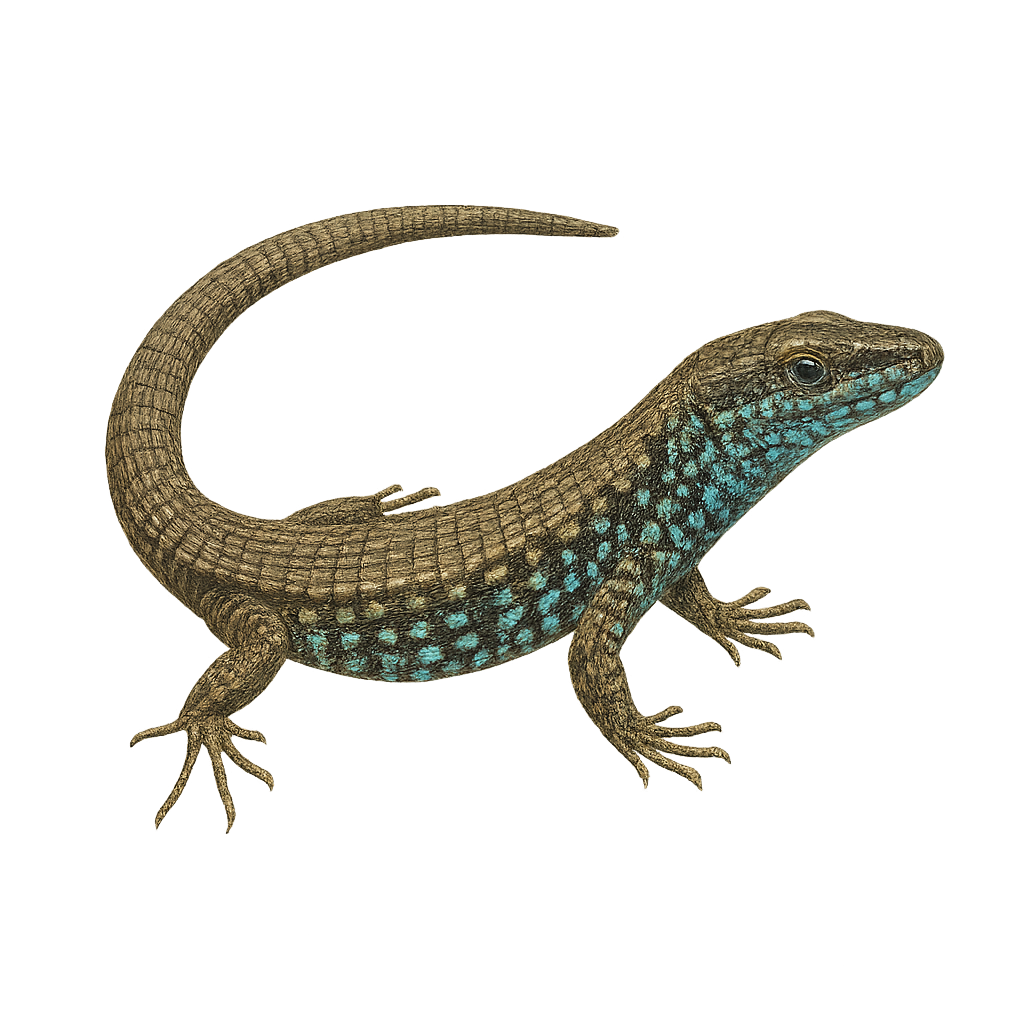Your wildlife photography guide.
Explore the greek algyroides in detail, study its behavior, prepare your shots.
Where to observe and photograph the greek algyroides in the wild
Learn where and when to spot the greek algyroides in the wild, how to identify the species based on distinctive features, and what natural environments it inhabits. The WildlifePhotographer app offers tailored photography tips that reflect the greek algyroides’s behavior, helping you capture better wildlife images. Explore the full species profile for key information including description, habitat, active periods, and approach techniques.
Greek Algyroides
Scientific name: Algyroides moreoticus

IUCN Status: Least Concern
Family: LACERTIDAE
Group: Reptiles
Sensitivity to human approach: Suspicious
Minimum approach distance: 2 m
Reproduction period: April to May
Incubation: 60–90 jours
Births: April to May
Habitat:
Rocky areas, sparse forests, Mediterranean scrublands
Activity period :
Active during the day when temperatures are favorable, often seen basking in the sun.
Identification and description:
The Greek Algyroides, Algyroides moreoticus, is a small reptile endemic to the Balkan Peninsula, mainly found in Greece. It is characterized by its modest size, usually reaching 10 to 15 cm in total length, including the tail. Its coloration ranges from brown to olive green, with lighter patterns on its back and sides. This lizard is often seen in rocky areas, sparse forests, and Mediterranean scrublands. It is diurnal and primarily feeds on insects and other small invertebrates. Although relatively discreet, it can be seen basking in the sun on rocks or tree trunks. Its population is stable, but it is sensitive to disturbances in its natural habitat.
Recommended lens:
Macro – adjust based on distance, desired framing (portrait or habitat), and approach conditions.
Photography tips:
To photograph the Greek Algyroides, opt for early morning or late afternoon when the light is soft. Use a macro lens to capture the details of its skin and patterns. Approach slowly to avoid scaring it, and maintain a distance of at least 2 meters. A tripod can be helpful to stabilize your camera, especially if using a telephoto lens. Be patient and wait for it to settle on a rock or trunk to bask in the sun.
The WildlifePhotographer App is coming soon!
Be the first to explore the best nature spots, track rutting seasons, log your observations, and observe more wildlife.
Already 1 432 wildlife lovers subscribed worldwide

